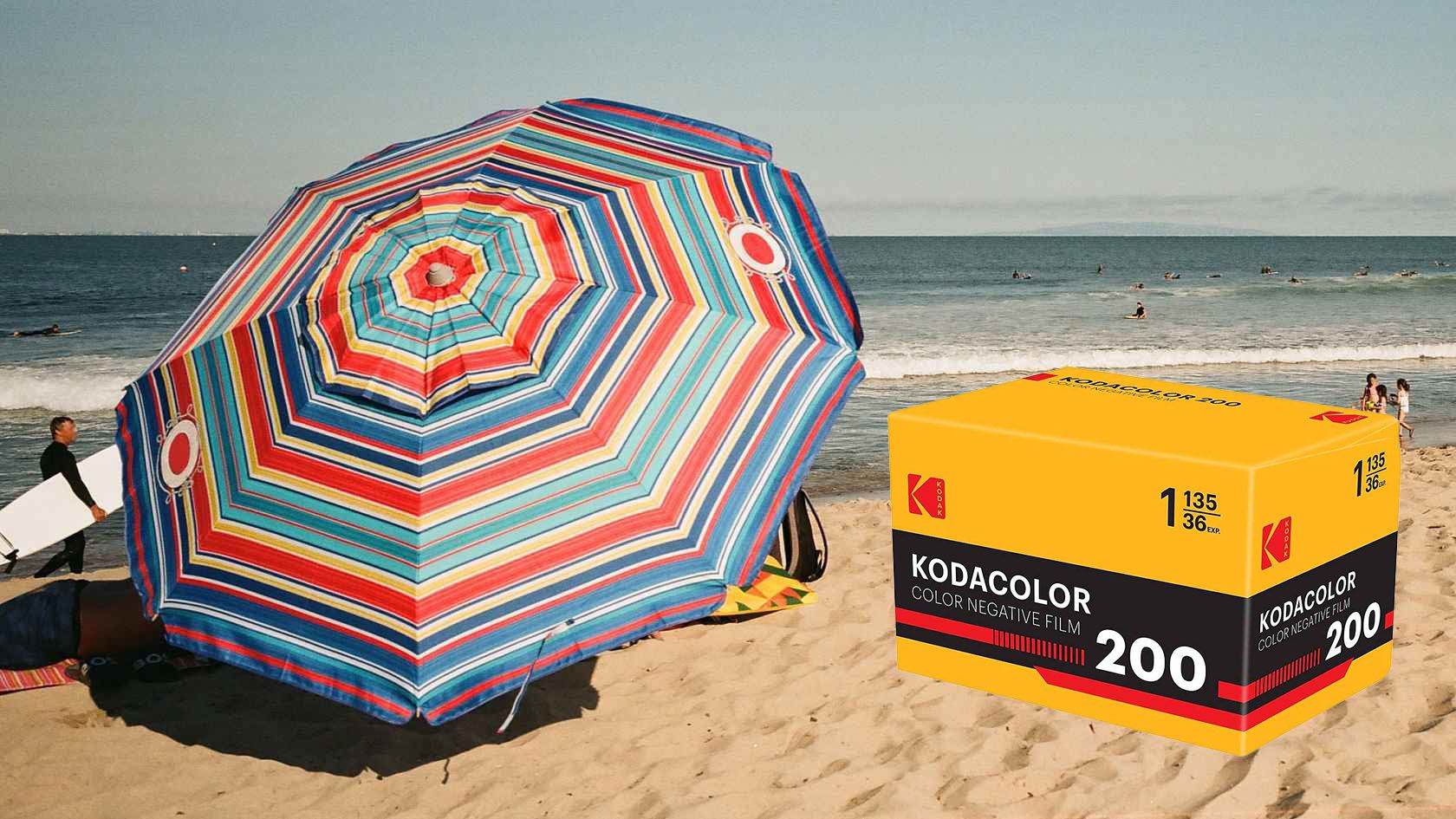Kodak just caught the photography world off guard with a surprise double announcement: two new film products - Kodacolor 100 and 200 - and a strategic shift to direct distribution that cuts out longtime partner Kodak Alaris. The move signals the company's confidence in the analog revival and aims to address soaring film prices that have doubled since 2020.
Kodak dropped a bombshell yesterday that nobody in the photography world saw coming. The company didn't just announce two new film stocks - Kodacolor 100 and Kodacolor 200 - but revealed it's cutting out the middleman for the first time in over a decade. This marks Kodak's return to direct distribution after relying on Kodak Alaris since the messy company split following bankruptcy proceedings in 2012. The timing couldn't be better. Film photography has roared back from near-death, but prices have become brutal. Color film costs have jumped at least 50% since 2020, with some stocks like Kodak Gold doubling from around $5 to $10 per roll. That's made film photography increasingly expensive for newcomers and even seasoned shooters. Kodak's Instagram announcement describes Kodacolor as "sub-brands of existing Kodak films," which means these aren't entirely new emulsions. Industry observers suspect Kodacolor 100 is essentially ProImage 100 with new branding, while Kodacolor 200 appears to be Color Plus 200 in disguise. But don't dismiss this as just marketing sleight of hand. The real story here is Kodak's distribution strategy. By cutting out Kodak Alaris - which has handled distribution since the 2012 split - the company can get product to retailers faster and potentially keep prices more stable. The move follows significant capacity upgrades at Kodak's Rochester, New York factory, suggesting the company is betting big on sustained demand. The pricing tells the whole story. At around $9 per roll for both Kodacolor 100 and Kodacolor 200, these films offer an accessible entry point for photographers who've been priced out by premium stocks like Portra 400, which can cost $15+ per roll. The analog revival has been one of the most surprising tech-adjacent trends of the past few years. Gen Z and millennial photographers have embraced film as a counterpoint to digital oversaturation, driving demand that caught even Kodak unprepared. The company has been playing catch-up ever since, gradually ramping production after years of decline. This direct distribution gambit represents Kodak's most aggressive move yet to capitalize on the trend. But it's also a calculated risk. Kodak Alaris has deep relationships with photo retailers worldwide, and going it alone means building those networks from scratch in many markets. Early signs suggest strong retailer interest, with major chains like B&H Photo already listing the new films. The success of this strategy could reshape how legacy film companies approach the modern market. If Kodak can deliver consistent supply and stable pricing through direct distribution, it might pressure competitors like Ilford and Fujifilm to reconsider their own distribution partnerships.
